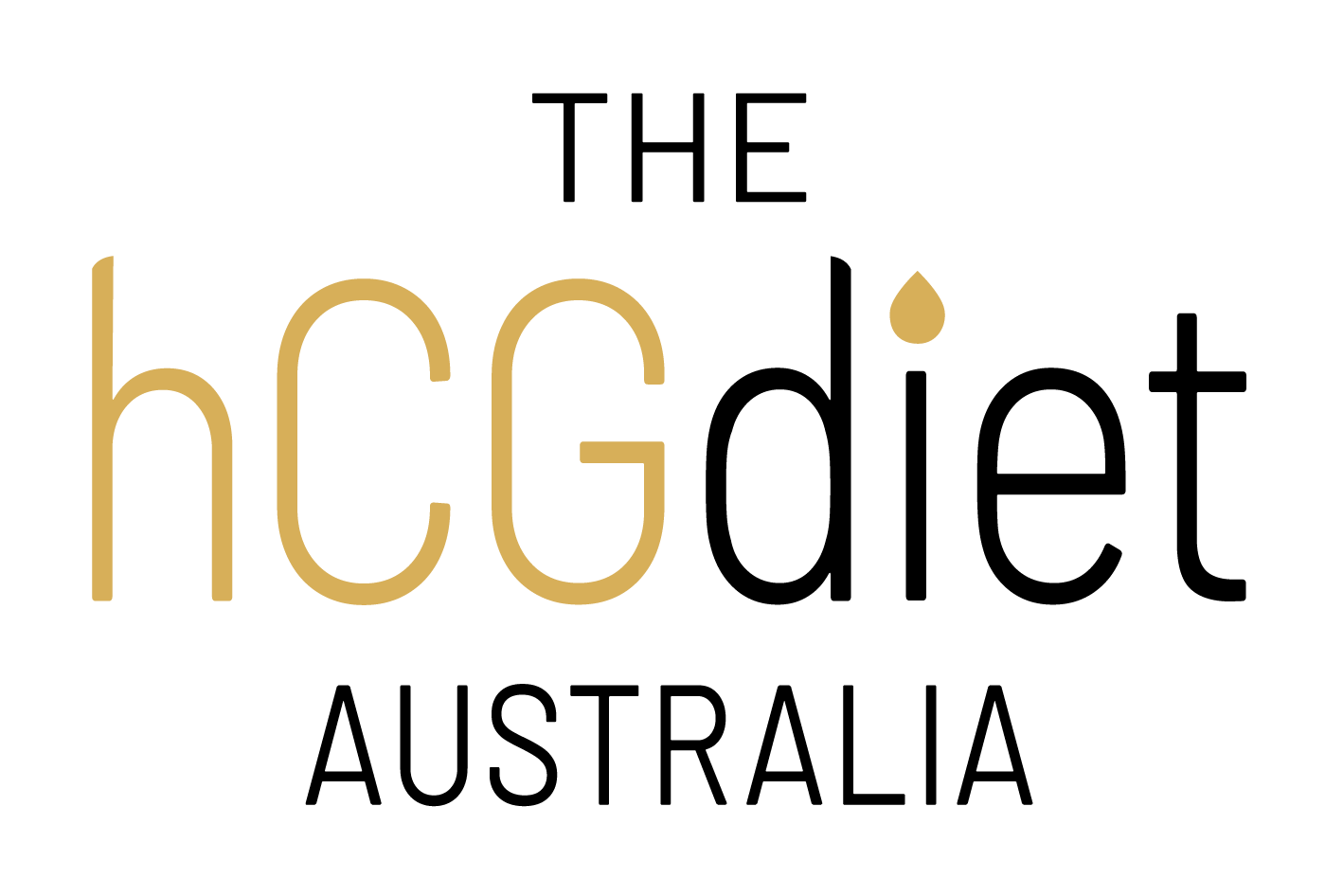On average Australians consume between 14-16 teaspoons of sugar a day, yet the World Health Organisation (WHO) recommends that we should be limiting our added sugar intake overall with an ideal sugar intake per day being 6 teaspoons for optimal health.
Breaking it down even further the Australian government recommends that free sugars or sugars added to food or drinks, and sugars found naturally in honey, syrups, and unsweetened fruit and vegetable juices, smoothies, and purées – should not make up more than 5% of the energy (calories) you get from food and drink each day. Which means:
- Adults should have no more than 30g of free sugars a day, (roughly equivalent to 7 sugar cubes).
- Children aged 7 to 10 should have no more than 24g of free sugars a day (6 sugar cubes).
- Children aged 4 to 6 should have no more than 19g of free sugars a day (5 sugar cubes).
- There’s no guideline limit for children under the age of 4, but it’s recommended they avoid sugar-sweetened drinks and food with sugar added to it.
Free sugars can be found in foods such as sweets, cakes, biscuits, chocolate, some fizzy drinks and juice. While natural forms of sugar, found in fruits and vegetables are less of a health issue due to their lesser effect on blood sugar and the inclusion of dietary fibre, vitamins, minerals and antioxidants a higher danger is posed when added sugars consumed come from processed and packaged foods. So how do we reach the ideal sugar intake per day?
If we are to follow the recommended daily sugar intake, we need to look at some tips and tricks on how to cut down on excess sugar in our diet.
-
Ditch the sugary drinks.
Fruit juices, smoothies and soft drinks contain high amounts of sugar, adding additional unwanted calories to your diet. It is easy to consider these drinks to be a healthy alternative remember that fruit juice is just that, as fruits are juiced the fibre is removed leaving you with just pure juice with 1 cup of apple juice containing the equivalent of 24 gm of sugar, this is going to be relevant to the size of the apple, ripeness etc. Smoothies similarly to fruit juice can contain an incredible number of calories depending on which fruits and other ingredients are added. Although most of us are aware that soft drinks may not be that great for us, keep this one up your sleeve for those days that you may be tempted, one 375ml can of soft drink contains approx. 9 teaspoons of sugar.
Additionally, it is unlikely that drinking juice or soft drinks will leave you feeling full for awfully long, meaning that for most you will drink more than you normally would, increasing your total daily caloric intake.
Don’t rely on artificially sweetened beverages, turning to artificial sweeteners may seem like the go-to move when cutting back on the real stuff, don’t be fooled! Diet soft drinks and sugar-free lollies aren’t any better than the real deal. What’s worse, some research, including a report in Yale Journal of Biology and Medicine and a separate American Journal of Public Health study both found an association between fake sugars and weight gain.
Alternatively choose the elixir of life, water, it is free and has zero calories. or if you prefer a little fizz, mineral or soda water can be a good option as are herbal teas, and unsweetened tea and coffee.
-
Reduce the amount of sugar in the food that you are eating.
Checking nutrition labels will really get you on your way to choosing foods that will enable you to have a healthy amount of sugar per day. If you choose to eat packaged/processed foods, this is a great way to become aware of the ingredients in the product and the amount of sugar, carbohydrates, protein, salt etc you are eating. Also be mindful of other terms often used that mean added sugar for example dextrose, sucrose, galactose, fructose, maltose just to name a few. Added sugars must be included in the ingredient list (which generally starts with the largest ingredient). If you see sugar near the top of the list, you know the food is likely to be high in added sugars.
Be mindful of the adding sugar to your recipes, these sugars include fruit, fruit juices, syrups, jams and even honey. Although dried fruit may appear to be a promising alternative to other high sugar treats, be aware that 100gm dried fruit is equivalent to 58gm sugar. Food manufacturers often add sugar, juice concentrates, vegetable oil, and syrups to dried fruit to extend their fruit’s shelf life and improve the flavour.
Avoid sauces that contain excess sugar. Tomato sauce, barbecue sauce and sweet chilli sauce are common household staples however, most people remain unaware of the ridiculous amounts of sugar they contain for example 100g tomato sauce contains 22g sugar. Do not be tricked by labels that contain the phrase ‘no added sugar’ always read the nutrition panel to ensure you are choosing the best option. If you have concerns about how your food may taste if you removed the sauce component try to experiment with fresh or dried herbs and spices, fresh chilli, or harissa paste which is a good option to replace sweet chilli sauce. I really enjoy pesto, it is amazing with zucchini noodles and home-made mayonnaise is also a great alternative to add flavour to a dish, both can be made quite easily at home this way you will be aware of the ingredient content.
Avoiding Low Fat Food Options
I know this sounds a little counterintuitive, if you have grown up being told that fat is bad, especially if you are trying to lose weight. The truth is that most low-fat food options which can be found in everything from low fat yoghurts, ice-creams and salad dressing often contain more sugar than their full-fat counterparts. Again, this highlights the importance of reading the nutritional panel.
Replace packaged foods with whole foods.
In consuming whole foods, you will be removing artificial flavours, colours, emulsifiers and other additives found in processed foods to ensure that they reach their shelf-life. According to the Sydney morning herald more than half of the sugar Australians consume is from ultra processed foods. Most of us would recognise that there are particular foods like lollies, biscuits will contain sugar, but what about other supposing ‘healthy’ snacks like muesli bars, energy bars and breakfast bars, breakfast cereals and drinks? Yep, I said it, breakfast cereals can be the worst when it comes to sugar content with some reports even suggesting some popular breakfast cereals contain over half their weight in added sugar.
Additionally, ditch the morning toast, not only is the toast a poor substitute when it comes to sustainable breakfasts, generally they are topped with high-sugar spreads like jam, marmalade, syrups, chocolate spreads or honey increasing the sugar content. Try natural peanut butter, conventional peanut butters rely on sugar and trans-fats to give them flavour. To cut sugar, stick with an all-natural variety made from nuts and a bit of salt, also be aware that some breads can contain up to 6gm of sugar per serve.
Some healthier breakfast and snack options include nuts such as almonds, boiled eggs, savoury breakfasts like omelettes, fresh fruit with Greek Yoghurt and sugar-free jerky.
Good Quality Proteins & Fats
Add more good quality proteins and fats to your diet, lowering sugar intake and adding protein and fats reduces hunger, increases satiety therefore reducing overall food intake. Protein has also been shown to directly reduce food cravings. One study showed that increasing protein in the diet by 25% reduced cravings by 60%, this is particularly relevant if you are trying to lose weight.
Fat is extremely high in energy. It contains 9 calories per gram, compared to 4 calories per gram in protein or carbs, however, remember not all fats are created equal, I am talking avocadoes, eggs, good quality fish like salmon should be included in your diet not pizza, and chips.
A high fat intake is also associated with reduced appetite. According to the fat content of a food, fat receptors in the mouth and gut alter the way it’s digested leading to a reduction in appetite and subsequently, calorie intake.
This becomes particularly important if you consider the correlation between weight loss and sugar intake.
Cause of Increased Appetite & Weight Gain
Excessive sugar consumption is linked to increased appetite and weight gain as more than the recommended daily intake of sugar will obviously contribute to your overall daily caloric intake which can lead to weight gain. Some food for thought, we have spoken about better choices for snacking above, this also includes dessert. As you most likely do not ‘need desert’. Desert can be a lovely treat occasionally, if you have dessert most nights keep in mind that most desserts contain extraordinarily little nutritional value along with excess sugar leading to spikes in blood sugar and a vicious cycle of feeling tired, hungry, and craving more sugar. Some healthier options to the typical desert like cakes, pies, ice cream might be fresh berries, Greek yogurt with fruit and cinnamon, baked or stewed apple, 70% Dark chocolate or a handful of raw almonds. These options not only reduce the amount of sugar you are eating, you will also benefit from vitamins, minerals and antioxidants in these healthier options.
-
Consider using natural sweeteners
Giving up sugar can be exceedingly difficult for some people as it has been shown to be highly addictive. If you are struggling to cut sugar from your diet, here are a few naturally sweet alternatives.
Stevia: Extracted from the leaves of a plant called Stevia rebaudiana, it has virtually no calories.
Erythritol: Found naturally in fruit, it only contains 6% of the calories of sugar, but it’s much sweeter, so only a little is needed and doesn’t appear to cause spikes in blood sugar.
Xylitol: A sweetener found naturally in many fruits and vegetables, can be used tsp to tsp just like you would use sugar.
-
Kick sugar to the curb
If you keep high-sugar foods in the house, you are more likely to eat them and it takes a lot of willpower to stop yourself if you only need to go as far as the pantry or fridge to get a sugar hit, I can attest to this especially since Covid. Remove all sugary snacks, and drinks from the house, this is the only way you will be able to quit sugar for good. Also try to examine ways that you may be able to distract yourself when sugar cravings hit, it can be by simply going for a walk, taking a bath, or even doing a puzzle or reading a book. See what works and fits best with you as this can be an effective way of reducing cravings.
The Bottom Line
The average Australian consumes more than twice the recommended maximum amount of added sugar per day.
Excess sugar in the diet can be incredibly harmful and has been linked to many chronic diseases, including cancer, type 2 diabetes, heart disease and obesity.
It is important to avoid obvious sources of sugar in your diet, such as desserts and soft drinks, but also to be aware of the hidden sugar in common processed foods, like sauces, low-fat foods and so-called “healthy” snacks.
Choose a diet based on whole foods, rather than highly processed alternatives, to be fully in control of your sugar intake and not consume an excess amount of it.
Liza Brunell
Adv Dip Health Science Naturopathy, Nutrition





